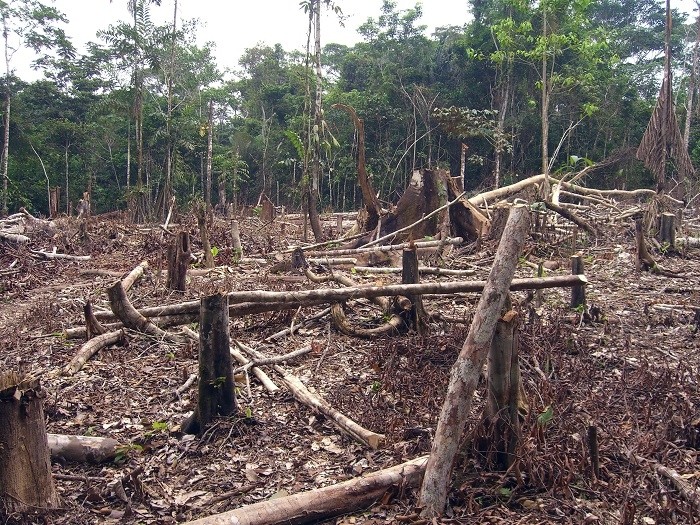The figure represents a 34% decrease in deforestation across the provinces of Caqueta, Meta and Guaviare compared with the first half of 2020, when close to 64,500 hectares (159,383 acres) were deforested.
Colombia's so-called arc of deforestation stretches across the three provinces and creeps into the country's Amazon. Deforestation in Colombia rose 8% to 171,685 hectares (424,243 acres) in 2020, driven mainly by cattle ranching and agricultural expansion.
Deforestation practices can be punished by up to 15 years in prison.
Nearly 64% of the deforestation in 2020 occurred in Amazonian areas.
"Protecting Colombia's forests is a priority," Environment Minister Carlos Eduardo Correa said in a statement. "As such, all our actions are aimed at ending this scourge."
Deforestation in Caqueta saw the biggest decrease, falling close to 40% to 15,100 hectares, the environment ministry said in a statement. Deforestation in Meta and Guaviare declined 37% and 18% respectively, to around 16,000 hectares and 11,700 hectares each.
"It's great news," Rodrigo Botero, director general of the Foundation for Conservation and Sustainable Development said of the reduction, adding that wetter weather due to La Nina weather phenomenon could have positively impacted deforestation rates.
"Independently of these positive signs, deforestation continues in critically biodiverse areas," Botero said. "These are zones which have seen deforestation and will need to pass a process of recovery and restoration, and not just a decline in deforesting."
The arc of deforestation stretching across the northwest Colombian Amazon affects numerous protected areas, including the national parks Tinigua and Chiribiquete, as well as indigenous reserves, according to research by Monitoring of the Andean Amazon Project (MAAP).
















